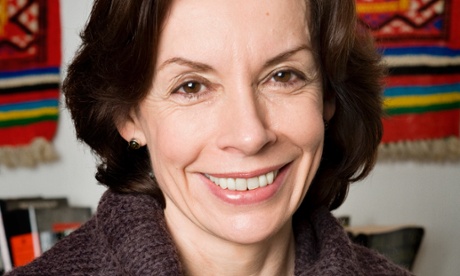
People often ask writers where they get their inspiration, and for me, the short answer is that I haven’t a clue, I’m just grateful that I get them.
The whole thing starts when I see a character in my head in a situation I want to write about. Once, it was a boy with a wolf for a friend. Another time, it was a boy adrift in a boat encircled by sharks. I want to write their story. I mean, I REALLY want to write it; it’s something that doesn’t leave me alone, no matter how busy I am, or how inconvenient it is. So I do some thinking about where the story is set: Stone Age for the boy and the wolf, Greek Bronze Age for the boy with the shark problem. Then I write the story.
It’s only afterwards, when people ask where on earth all that came from, that I look back and try to work it out. And that’s why I realise that particular stories which I read decades ago, when I was a child, have lodged somewhere deep in my brain, and had their effect.
When I was ten, I adored the myths of the Norsemen (the Vikings) and the Ancient Greeks. I realise now that two characters from those stories have had a huge influence on my work.
First, the Norse god Odin. He’s the wisest, most mysterious god, the wanderer who travels in disguise, visits the land of the dead, and has wolves and ravens as his attendants. When I was ten, I thought he was so cool. I still regard him as the most intriguing Norse god, far more interesting than the bombastic Thor.
My novel Wolf Brother is set in northern Scandinavia during the late Stone Age, so I was aware from the start of Norse influences. I used some Norse names, and the soul-eater Thiazzi is based on the Norse storm giant, Thiassi. But when I started writing Wolf Brother, I was unaware of the deeper influence of Odin on my hero, Torak. It was only towards the end of the series that (in my more grandiose moments!) I came to see Torak and his wolf and raven friends as a kind of Stone Age precursor to Odin.
Similarly, my favourite Greek hero has always been Odysseus, another wise wanderer who explores his world - albeit against his will. Again, in writing my Bronze Age series Gods and Warriors, it took me a while to see that my hero Hylas shares some traits with Odysseus. (Not, I hasten to add, that I’m setting myself up as a latterday Homer!)
So where does this take us? For me, inspiration isn’t a sort of spark which lights the fire of the story. It’s more like a thread, one of many, which you can tease out of a story once it’s written, if you feel so inclined. But what always counts far more is the story itself. Does the reader care passionately about the characters? Is the reader desperate to find out what happens next?
Perhaps, though, there’s one more thing to be gleaned from all this, and that’s the astonishing influence which a powerful story can have over you when you’re young. It can be profound, lasting, and life-changing. This might be a sobering thought. But I wouldn’t have it any other way.
• The Eye of the Falcon, the third book in Michelle Paver’s epic Bronze Age adventure series, Gods and Warriors, is out now. A 10th anniversary edition of Wolf Brother is also available at the Guardian bookshop.

